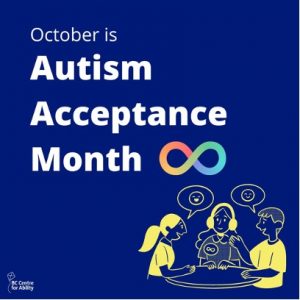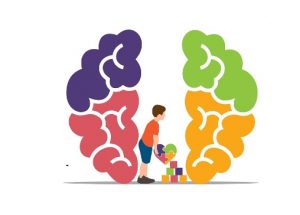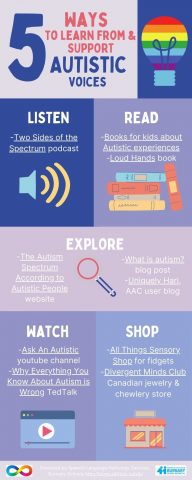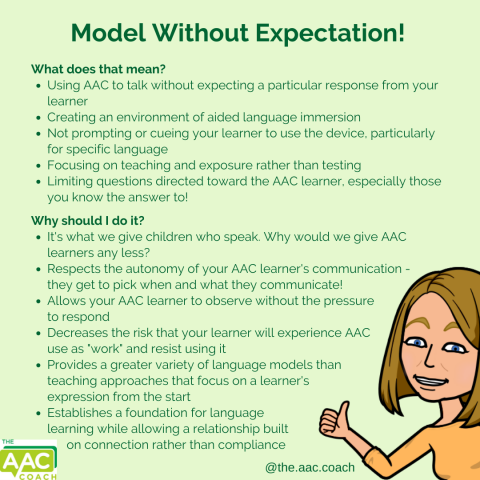
Many of us reflect on Halloween as being an exciting time in our childhood. The costumes, the candy and the parties can conjure up wonderful memories. However, for some children Halloween can be a time of over stimulation, unpredictable events and frightful masks or costumes.
For those children, some suggestions for Halloween night include:
- Front loading your child about trick or treating. Showing them clips from a children’s television show of what to expect and/or provide them with a social story detailing the events of the night.
- Costume Ideas: Parents/caregivers can suggest costume ideas that are comfortable, especially for children with sensory needs. Encourage them to try the costume on, to help ensure they feel comfortable.
- Trick or Treat: Model and rehearse the sentences that will be used when trick or treating. For children that use AAC, ensure that they have a means to express themselves on the night (i.e., adding a Halloween page to their touch chat and/or Halloween picture symbols etc.). Practice and rehearse these prior to Halloween night.
- For children that may be overwhelmed by trick or treating, consider having a small gathering with a familiar friend(s) instead of trick or treating. In addition, you can also check with your local mall for Halloween events.
Halloween Activities
1. Spooky Storytelling
Encourage kids to create their own Halloween stories. This can help with narrative skills, vocabulary, and sentence structure. You can use prompts like “Once upon a time, in a haunted house…” to get them started.
2. Halloween Charades
Play a game of charades with Halloween-themed words and phrases. This activity can help with expressive language skills and vocabulary.
3. WH Questions
Use Halloween-themed pictures or stories to ask WH questions (who, what, where, when, why). This can help with comprehension and critical thinking skills.
These activities can make speech and language practice enjoyable and festive!
4. Spooky Sentence Formulation
Give kids Halloween-themed words and have them create sentences. For example, “witch,” “broom,” and “fly” could be used to make the sentence, “The witch flies on her broom.
For more Halloween language activities, check out peachiespeechie.com
Halloween Activities by Peachie Speechie
5. Painting a Pumpkin using AAC
By using picture symbols, core board or digital AAC, either paint or add stickers to create a spooky face for the pumpkin.
Mister Clay on YouTube kids: Painting Pumpkins For Halloween using AAC





 April is Autism Awareness month, previously known as Autism Acceptance month. Here are some links that highlight the differences between Awareness and Acceptance:
April is Autism Awareness month, previously known as Autism Acceptance month. Here are some links that highlight the differences between Awareness and Acceptance:



